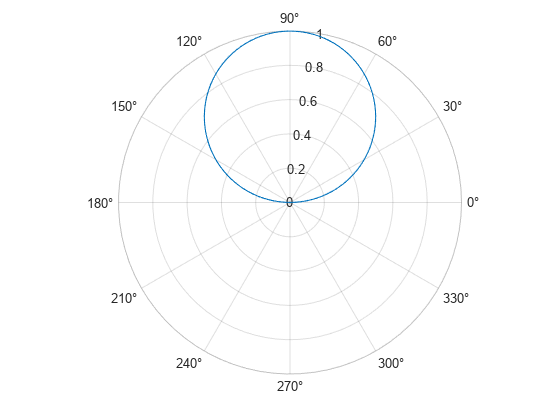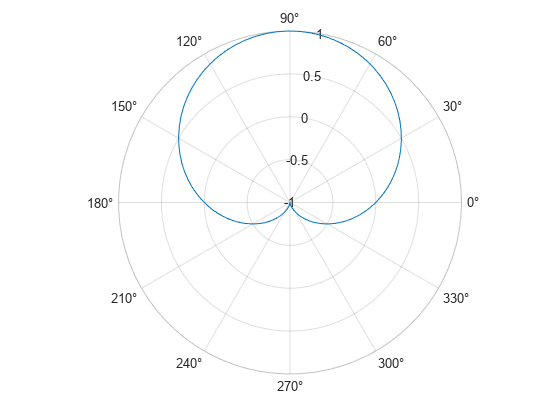rlim
Set or query r-axis limits for polar axes
Description
Specify Limits
rlim( specifies the
r-axis limits for the current polar axes. Specify
limits)limits as a two-element vector of the form [rmin
rmax], where rmax is a numeric value greater
than rmin.
rlim( specifies automatic
or manual limit selection. The limitmode)limitmode can have either of
two values:
"auto"— Enable automatic limit selection. MATLAB® chooses the r-axis limits."manual"— Freeze the r-axis limits at their current value. Use this option if you want to retain the current limits when adding new data to the polar axes using thehold oncommand.
Query Limits
m = rlim("mode")'auto' or
'manual'. By default, the mode is automatic unless you
specify limits or set the mode to manual.
Examples
Input Arguments
Output Arguments
Version History
Introduced in R2016a






